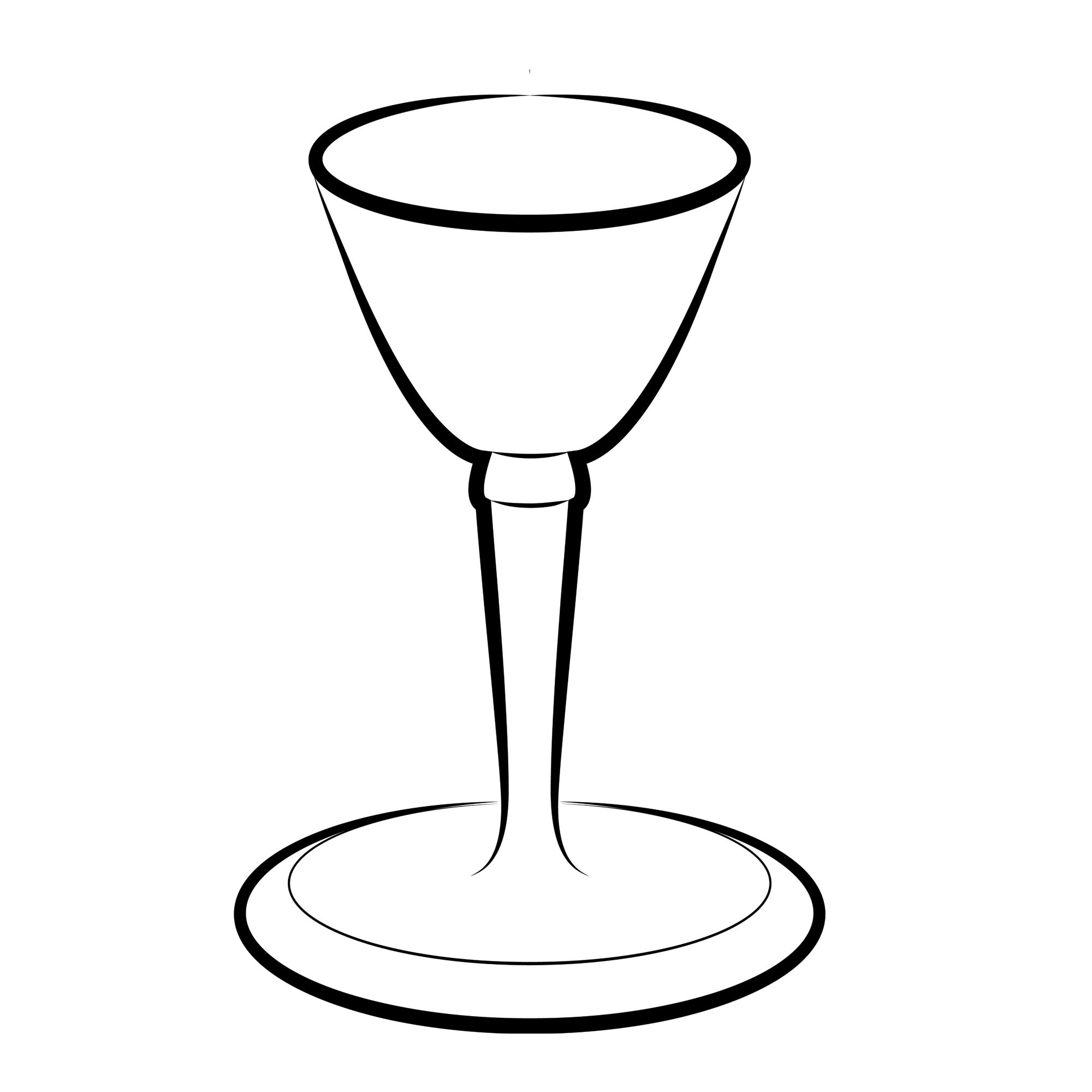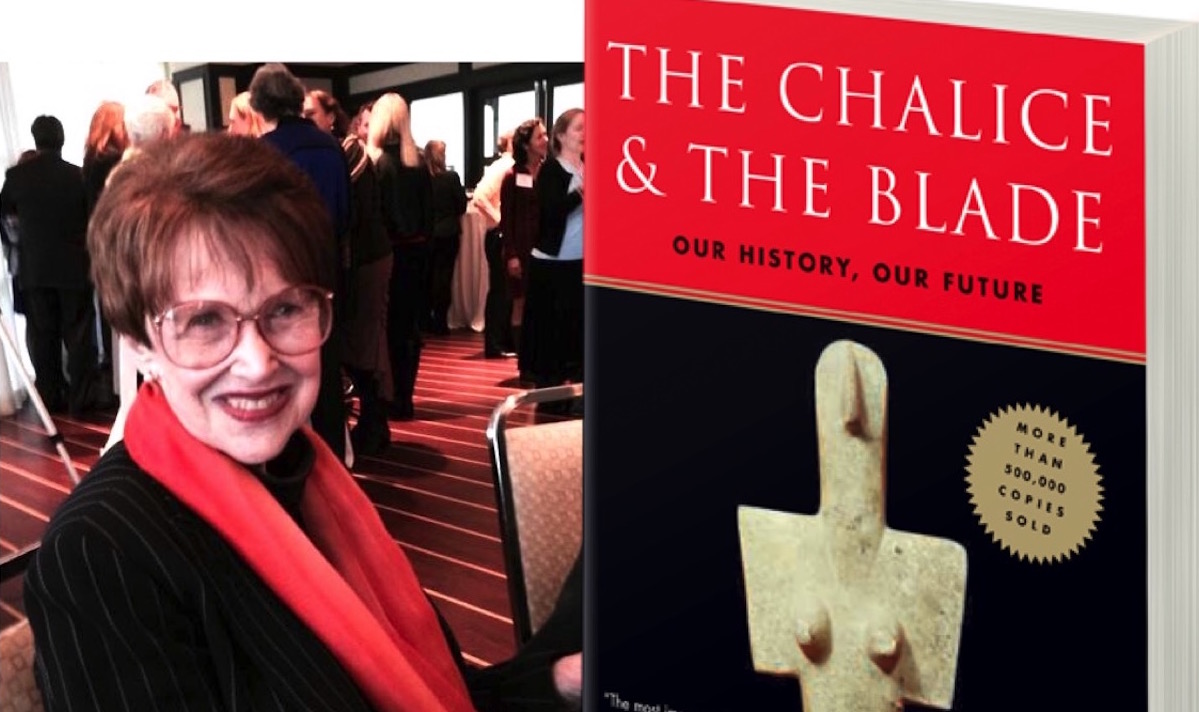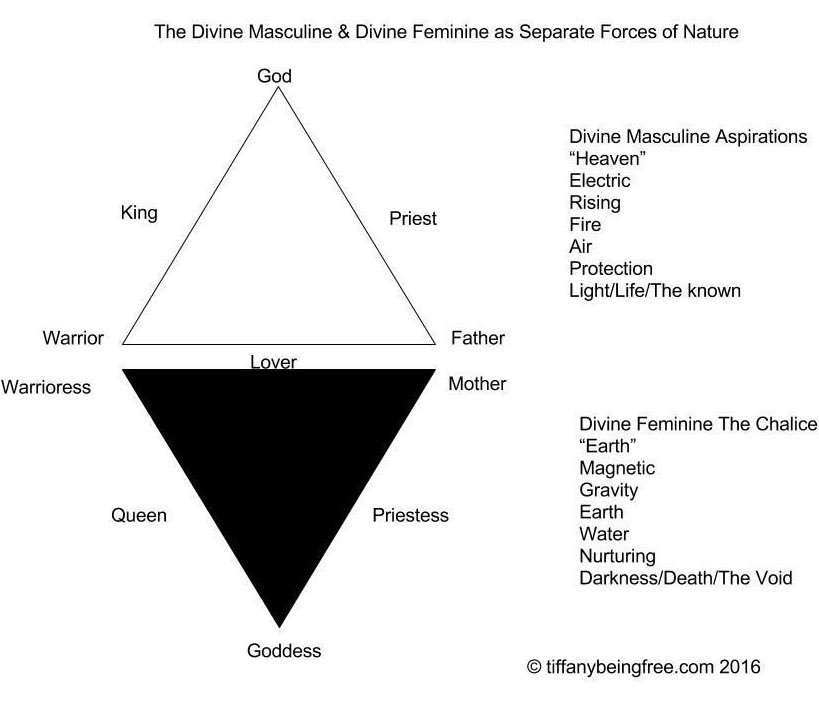
In essence what this means is the cultural equipment we use to deal with problems have their own psychological directives, much in the same sense that the observer changes the behaviour of particles in quantum physics. Taking in as much of the historical and cultural information as we can, we begin to understand that the way we interact with all phenomena, whether digital, political, mythological and so on, often dictate the form of the resulting application with which we use to navigate these topics societally. Each piece tells many stories and sometimes the best ones are not what I have thought about whilst creating the work." I encourage them to first look at the title of the piece for hints and try to find significance in the symbolism within the work. A lot of the time people see my work and immediately want to know the story behind it. I use symbols found in nature a lot - as I think that is something that all cultures have in common. Nowadays I have been trying to make my symbolism as non-specific and as universal as possible. Merchant explains, "I definitely do not try to make culture specific reproductions of myths. The notion of democratising narrative by allowing space for the ego to echo through the narrative does not overwhelm the art. There are thematic overtones of collaboration and assimilation within Merchant's work that alludes to this partnership mentality.

It is for this reason that Eisler talks about partnership societies, as the overthrowing of Patriarchy with Matriarchy is simply substituting dominance with dominance. The history of myth and traditions shows links between cultures that often isn't highlighted in classical history." Both Europe and India have such a mixture of different traditions, it has helped me see parallel histories everywhere.

I've been lucky enough to have explored different cultures to observe them. Merchant suggests that "the combination of having grown up in India, studied in the U.S.A, travelling extensively and finally settling in Europe, is the reason for my interest in the links between cultures.

Merchant's work, instead of pertaining solely to the historical, literary aspect of received history, attempts to democratise the myth through highlighting both commonality and personality embedded within them.

An Indian artist currently residing in Barcelona, her work draws heavily upon a substantial visual vocabulary, emanating from deep within the caverns where our ancient creation myths are stored. The sentiments expounded by Eisler in her book The Chalice and the Blade, are echoed in the works of Rithika Merchant.


 0 kommentar(er)
0 kommentar(er)
